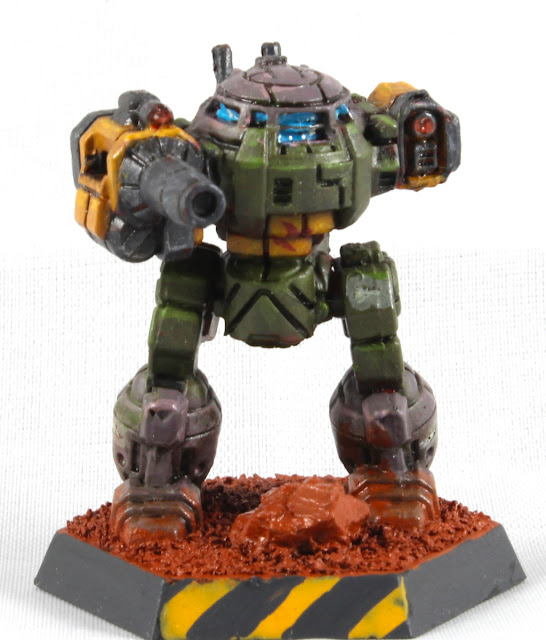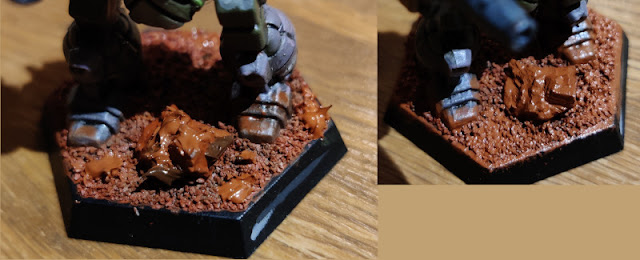Parola Armour museum
During the summer half of 2023 the Parola tank museum had a special showpiece, a King Tiger that was on loan from the Bovington's museum. I tried to ask a couple of friends in separate cases if any of them were interested in a silly trip but no one had a matching schedule with mine. So I took this day trip all by myself, especially the Project Assistants I nor II, not to mention my partner, were interested in admiring blocks of steel in engine oil -smelling halls.
On an evilly early Saturday morning in August I drove north to Parola and the parking lot was jam-packed already thirty minutes after the opening of the museum. Following that the first hall that was the King Tiger's temporary home was also pretty damn busy. I had dragged our DSLR camera with me, so I took only a few photos with either of my cell phones, because the big one was much better for references?
What happened with my numerous photos was that I moved them on my desktop, but delayed with my actual backups a bit too long and an OS update wiped my data drive along with the OS-dedicated drive. My recovery attempts were futile and I was a bit annoyed with myself and the OS provider. These tank photos were the only ones I hadn't paranoidly copied to many different disks in many places.
Panzerkampfwagen Tiger Ausf. B
The rare display piece was the Henschel's second prototype hull, Versuchs-Fahrgestell No. V2, with the older turret. The tank itself had few extra pieces on it, such as side skirts, mud flaps, tools, or most of the exhaust pipe pieces either. Seeing a Königstiger with my own foul eyes was awe-inspiring and it was extra amusing as the tank was positioned just about next to a tiny Vickers-Armstrong -made tankette that was pretty much the size of a wheel barrow.
The only photo of mine that remained of the biggest of kitties:
 |
| ô_õ |
More important than photos was that I did get to ogle at the tank myself, at weird angles and just be generally baffled by the immense size of the tank. Just the drive sprockets were about the size of my torso and most likely somewhat heavier as well. It was impressive, if I had to choose one word. Now I just needed to find myself next to a live Tiger, and a Panther would be a cool bonus.
T-34/76 "Sotka", Ps 231-1
I was taking these T-34 photos for reference at a pretty fortunate time, as I hadn't started with the mine roller tank yet, but I knew I was going to take it up soon after. I was most excited to check the wear and tear on the tracks and what looked worn-out in which place.
StuG III Ausf. G, Ps 531-45
More than the many Soviet tanks in the museum I knew I was going to need (and want) more random, weird details on the German tanks. Looking at the effects of the road wheels and such was always useful, to begin with. Had I gotten very deep in this stuff, I might have tried to recognize the type of the tracks on this one, but I didn't know enough to say a thing.
In case I ever was going to make another tank with a modeled interior, and especially a StuG, it was a good idea to link to Andreas Lärka's collection here: http://www.andreaslarka.net/ps531045/ps531045.html
One of the most useful details here was the jack's wooden block and go me for taking a photo of it with the phone as well. I recognized being completely wrong with these pieces on models and had painted them so very wrong for years. These days I knew better.
57 ITPSV SU 57-2, Ps 461-nn
This turreted Sergei (the Finnish name for ZU-23-2, the twin-barreled 23mm AA cannon) on a tank chassis mostly offered me some more fun details of the life-lived tracks, the tow cable loops for upcoming chipping sessions, and the general forest-provided debris on different parts of the tank.
Panzer IV Ausf. J, Ps 221-nn
Of the J-model Panzer IV I didn't take many quick photos of, as it was such a rusty individual that I didn't see myself copying all that myself. For the upcoming projects I was most interested in its muzzle brake.
Some Soviet tracks
These photos I took only because these tracks showed so nicely how the contact surfaces of the tracks reflected light and how the bare metal showed at different angles. I think I spent a good fifteen, twenty minutes with the proper camera and my phone, most likely looking a bit silly, trying to capture the effect I saw so plainly with my own two eyes.
All in all the photos from my trip could've been much worse, these quick "easier to check from the phone than from the computer" shots saved a bit at least. The drive overwrite happened months ago now and I was still heavily annoyed by it.





















































